When was the reign of the Stuarts?
Upon Queen Elizabeth I's death in 1603, the Tudor monarchy was left heirless. The crown then fell into the lap of distant relative James Stuart, King of Scotland, signifying the beginning of the Stuart era. The period came to end when Queen Anne died in 1714.
Who were the Stuarts and how long did they reign?
The inaugural leader of the Stuarts, James Stuart, was proclaimed King of England, Scotland and Ireland. He became the first monarch to reign over the entirety of the British Isles.
In 1625 James was succeeded by his son, Charles I, whose reign would see the three kingdoms plagued by a series of civil wars. The kingdoms first fell into unrest when Charles I attempted to impose a new prayer book on the Scots, prompting an uprising. Charles I's rule came to an abrupt end in 1649, when he was executed for his actions in the English Civil war.

After a brief stint, the Republican government crumbled upon Oliver Cromwell's death in 1958. The throne was once again back under the rule of the Stuarts in 1960, at the hands of Charles II. His reign extended over the next quarter of a century until he was succeeded by James II whose ineptness quickly led to him being ousted by William of Orange.
Thereafter, rule fell to William and his wife Mary, then to Queen Anne, who continued to reign up until her death in 1714. Her death signified the end of the Stuart era, arguably one of the most remarkable periods in British history.
When was the English Civil War?

Stemming from conflict between Charles I and Parliament, the English Civil War raged from 1642 until 1651, spreading throughout England, Scotland and Ireland. Parliament's Roundheads faced up against Charles I's Royalists, resulting in hundreds of thousands being killed, wounded and bereaved over the war's nine year span.
What was life like for ordinary people?
Whilst the aristocracy were housed lavishly, most ordinary people lived in primitive and uncomfortable dwellings in the countryside. In southern England, for example, labouring families typically occupied small, single-roomed houses built from basic materials. Life was hard, and diets usually poor, with many rural families subsisting largely on bread, cheese and pulses.
During the Civil War, the countryside of Britain was plunged into discord, thousands taking up arms to resist the depredations of the soldiers during the so-called Clubman risings. “If you offer to plunder, or take our cattle,” ran one of the insurgents’ banners, “be assured we will bid you battle!”
All in all, life for ordinary people was full of brutality, hardship, and uprising during this tempestuous period in Britain's history.
Best Stuart era locations to visit in Britain
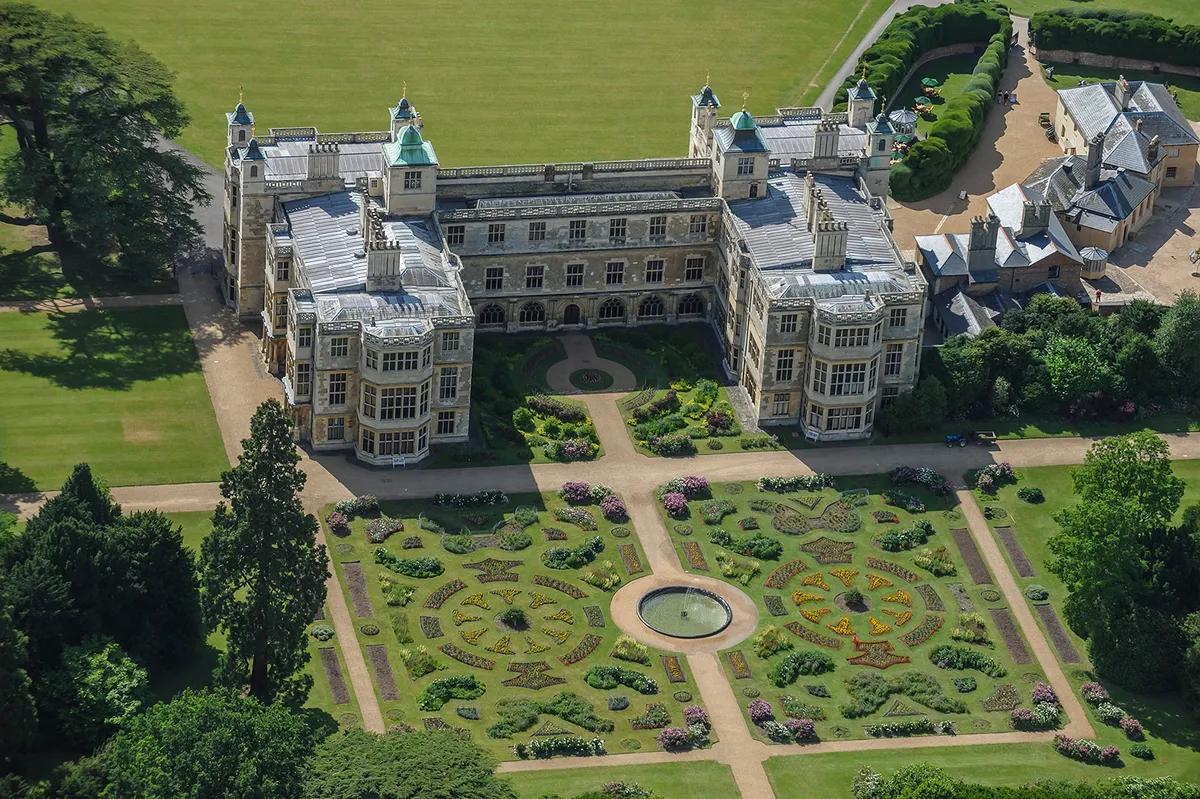
Audley End House, Essex
Audley End is all that survives of the still more magnificent mansion house that was built here by Thomas Howard, First Earl of Suffolk, between 1605 and 1614. Enjoy stunning views over unspoilt Essex countryside and explore the gardens and stable yard. The house is now owned by English Heritage.
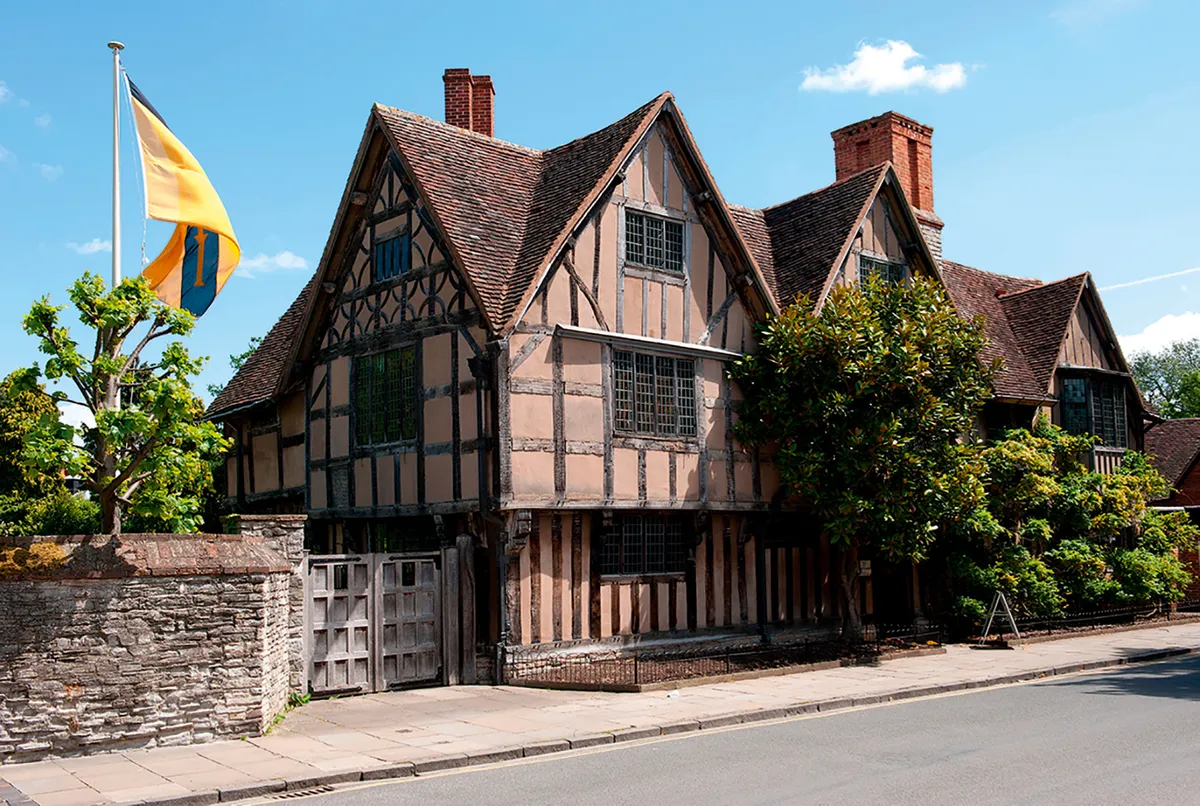
Hall's Croft, Warwickshire
Hall’s Croft is where Shakespeare’s daughter, Susanna, lived with her husband, the physician John Hall, during the early Stuart period. A fine Jacobean house, it is now owned by the Shakespeare Birthplace Trust.
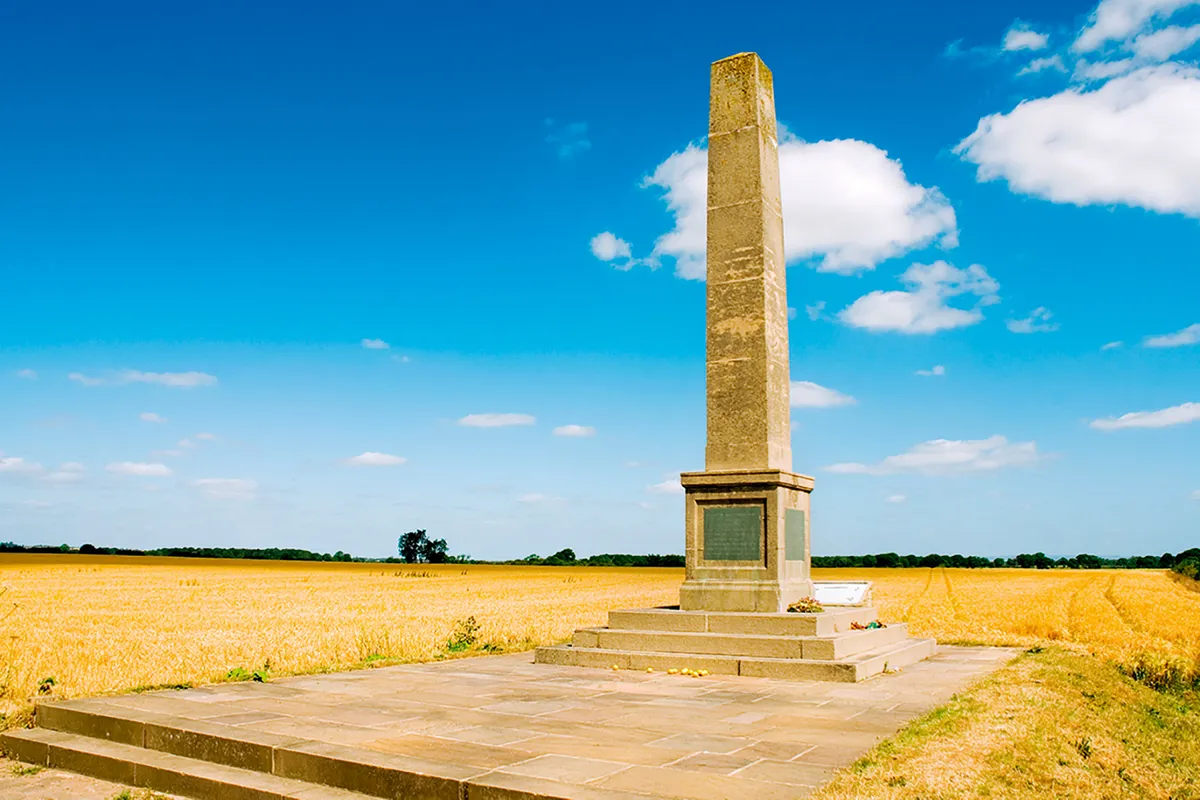
Marston Moor, Yorkshire
In July 1644, Marston Moor was the site of the greatest battle of the English Civil War, which resulted in Charles I losing control of the North of England. Today, it’s peaceful, open countryside, except on 2 July each year when a commemoration occurs.

St Giles Cathedral, Edinburgh
It was here that protests against the new Scottish Prayer Book broke out in July 1637. The Cathedral contains a memorial to Jenny Geddes, who, according to legend, initiated the protests by hurling her stool at a minister who was reading it.
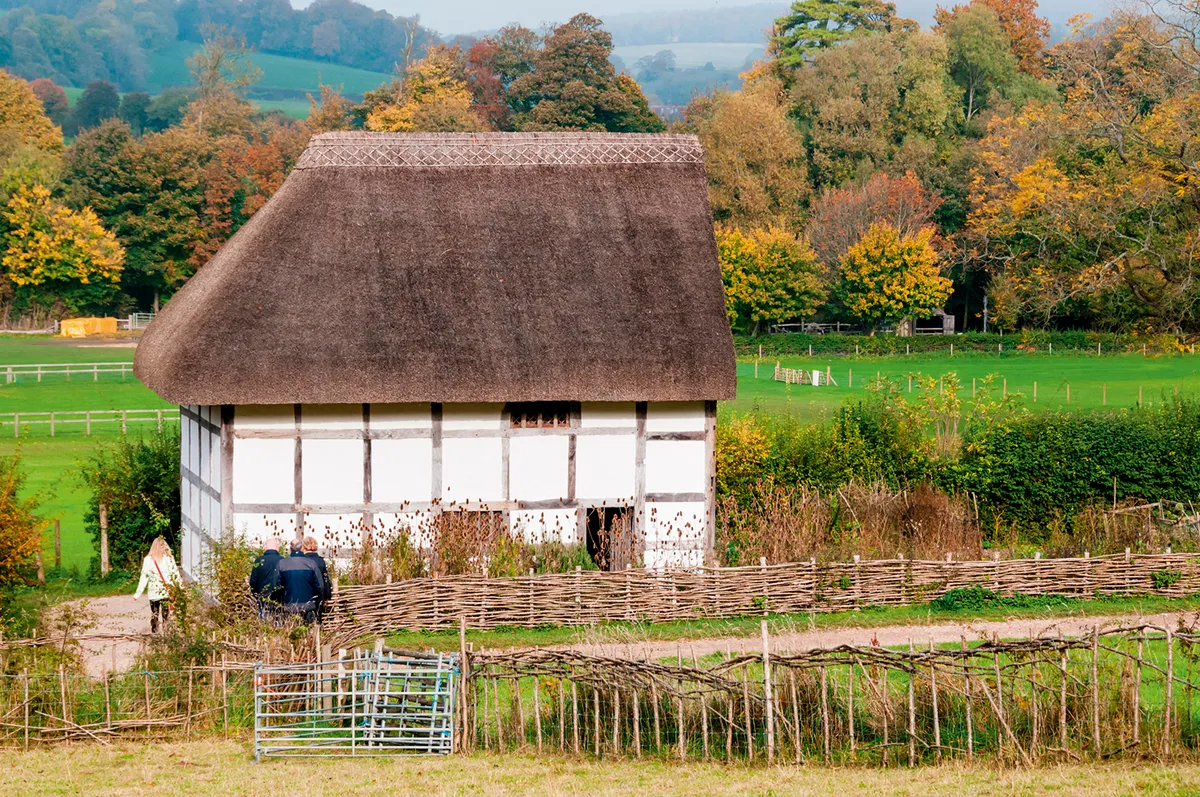
Poplar Cottage, Sussex
Poplar Cottage at the Weald and Downland Living Museum is a fascinating example of a rural labourer's house of the early to mid-17th century. It was removed from its original location in 1982 and rebuilt at the museum 17 years later.
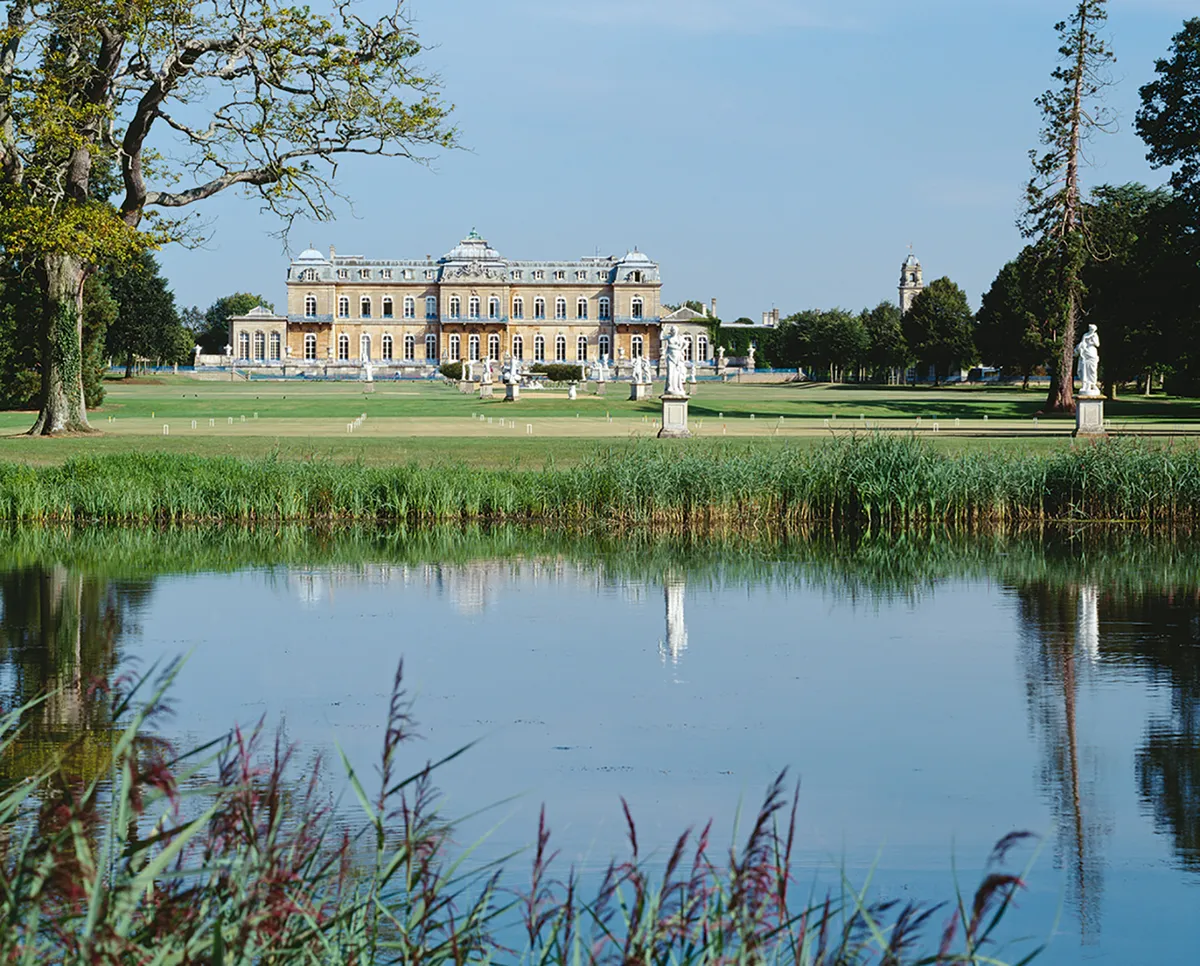
Wrest Park, Bedfordshire
The gardens at Wrest were laid out by Amabel Benn, wife of the 10th Earl of Kent, during the late 17th century. At their heart is the famous ‘Long Water’, created during the early 1680s.

Boscobel House, Shropshire
This is the hunting-lodge in which Charles II sought refuge following his defeat by Cromwell’s forces at the Battle of Worcester in 1651. The house is now owned by English Heritage.

Eyam, Derbyshire
In 1665, bubonic plague broke out in the village of Eyam. Eyam Museum tells the moving story of how the villagers sought to spare the inhabitants of neighbouring parishes from the infection that was raging in their midst.
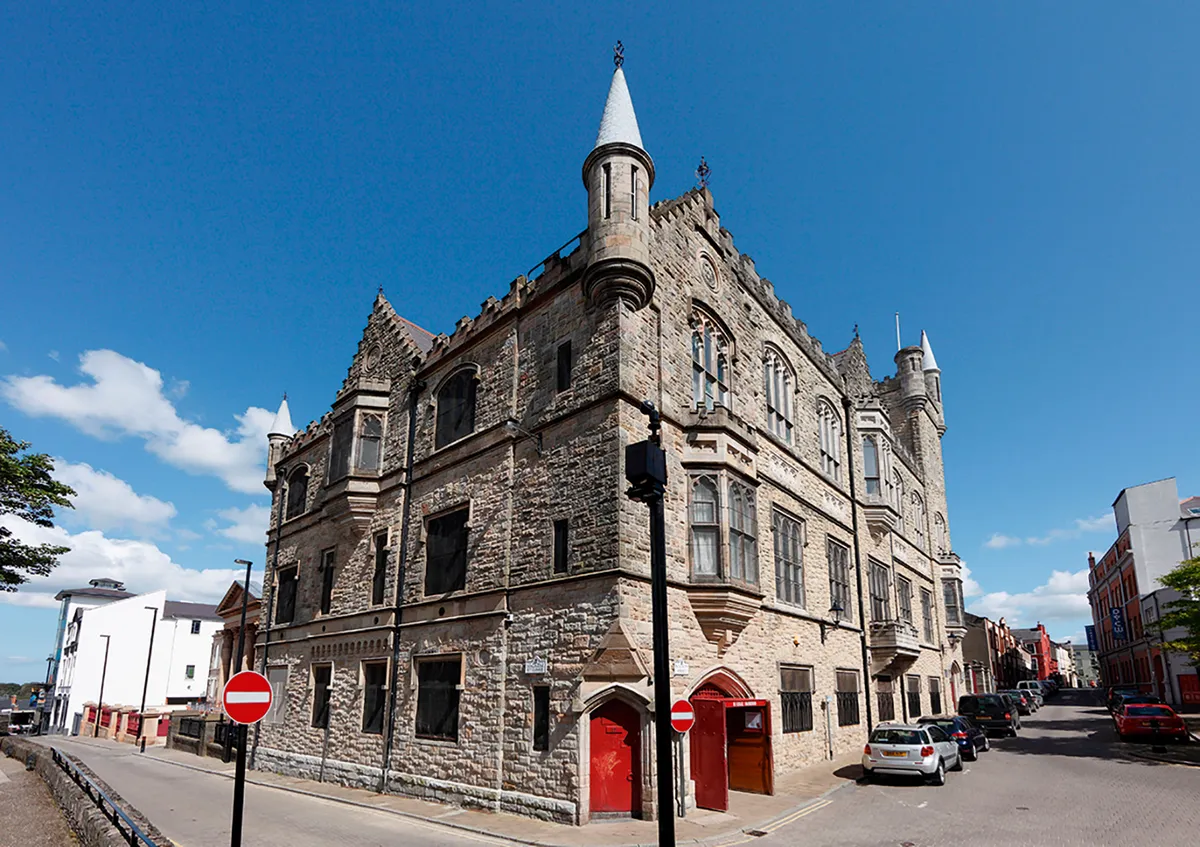
The Siege Museum, Londonderry
In 1688-89, thousands of Protestants in the walled city of Derry were besieged by Jacobites, the Catholic forces loyal to the deposed King James II. The events of the 105-day stand-off that followed are explored in this museum.

Museum of Witchcraft and Magic, Cornwall
So-called witches were still being persecuted in the Stuart era. This fascinating museum houses one of the world’s largest collections of folk-magic and witchcraft-related objects.
